1,576 days, 2,409 entries ...
Newsticker, link list, time machine: HOLO.mg/stream logs emerging trajectories in art, science, technology, and culture––every day
September 2020
Ahead of the Guggenheim reopening, Artists for Workers (AFW) and The Illuminator activists protest the museum’s exploitative practices with series of projected messages. Slogans like “Open for Exploitation” signal support for the institution’s unionized workers and the employees at the Abu Dhabi outpost. “Our aim is to put pressure on the museum to understand these are not isolated instances but are related through modes of racial oppression and exploitation of workers.”
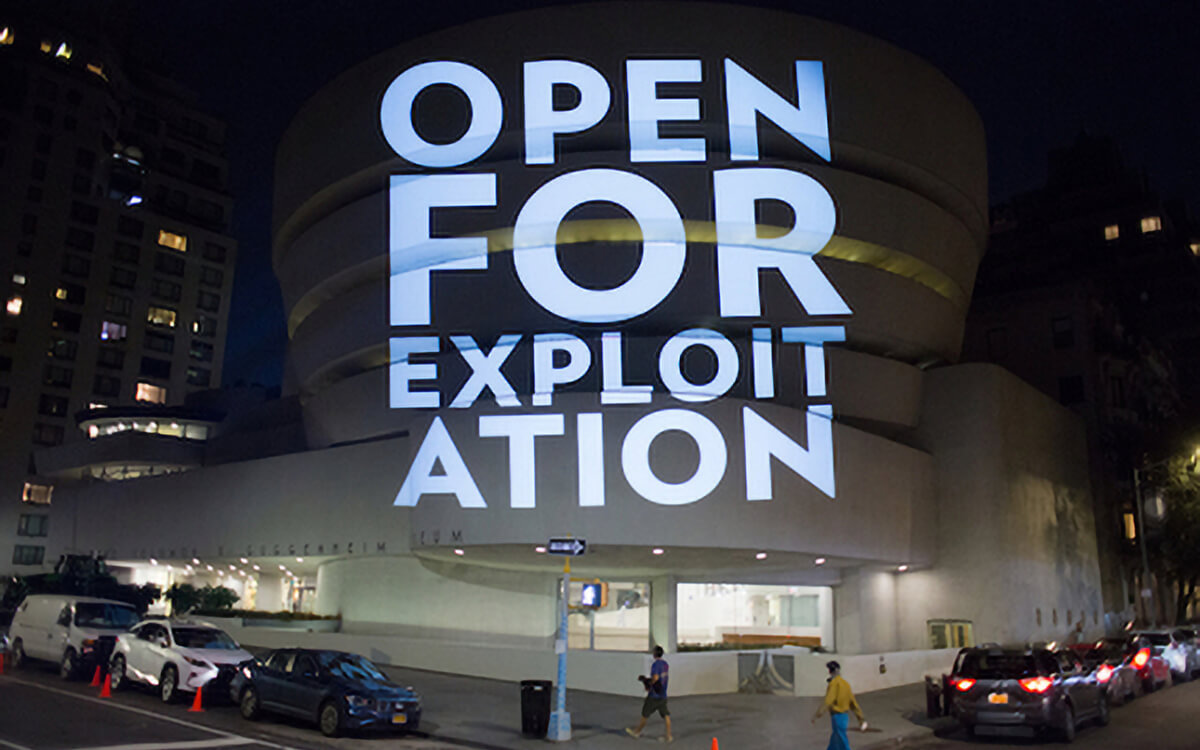
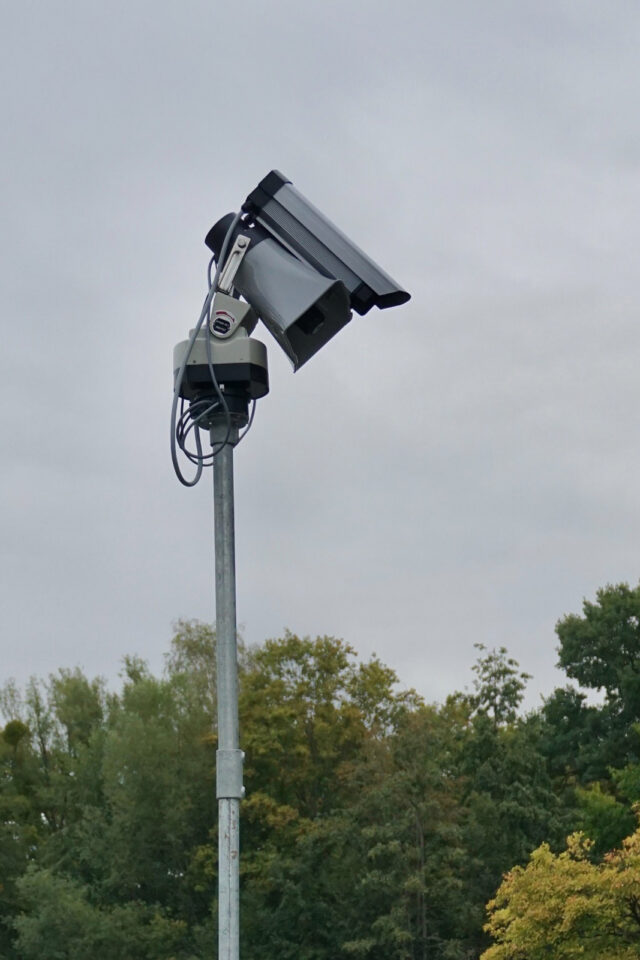
After Twitter users exposed the racial bias of the platform’s image auto-cropping AI (the algorithm demonstrably preferred US Senator Mitch McConnell over former President Barack Obama), senior research scientist David Ayman Shamma digs deep into the failed technology: “Equity and fairness is a challenging problem because AI systems are layers of AI systems,” he writes on Medium. “Here, we see Twitter using DeepGaze II, built on VGG-19, trained on ImageNet.”
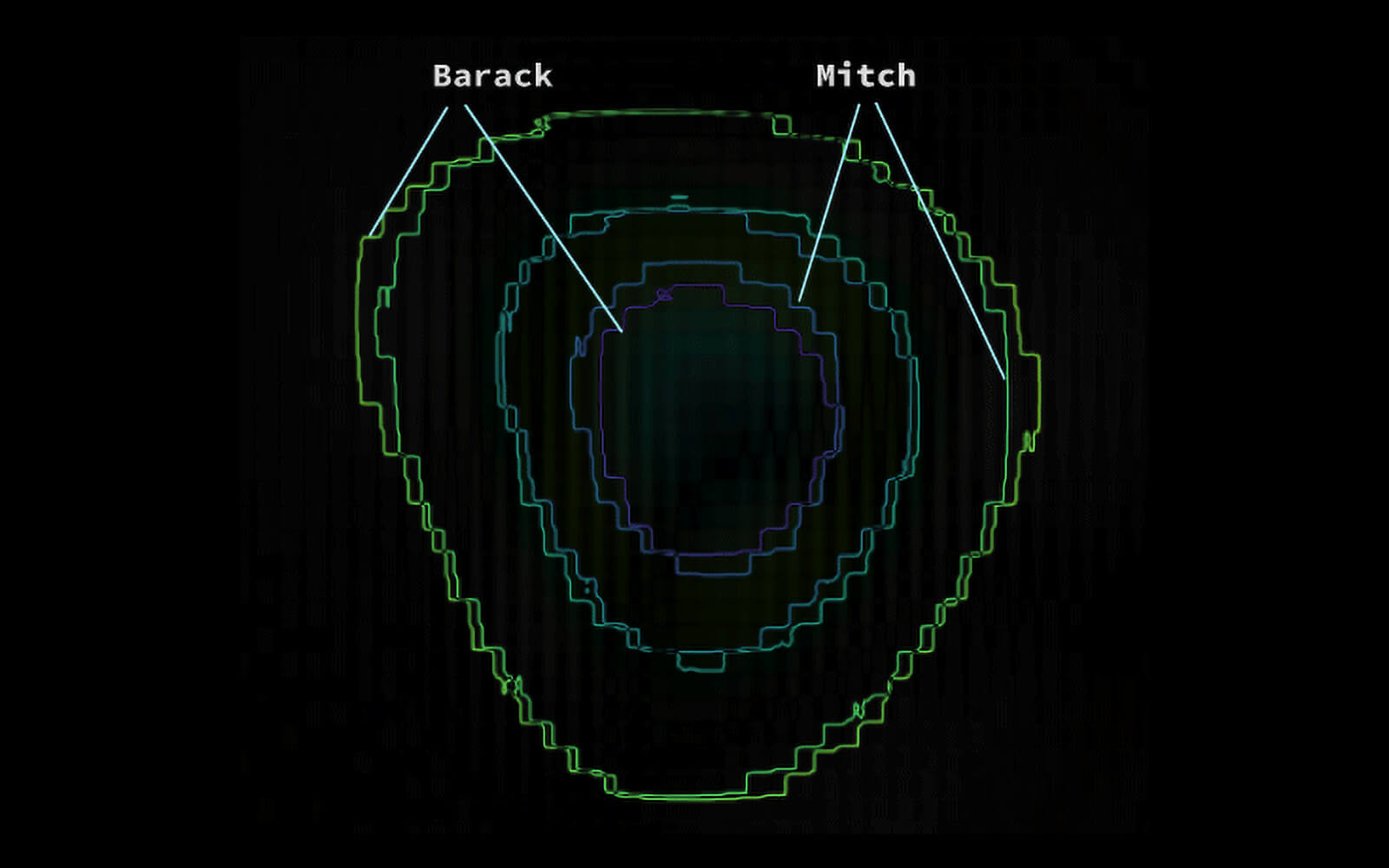
Legacy Russell
Glitch Feminism
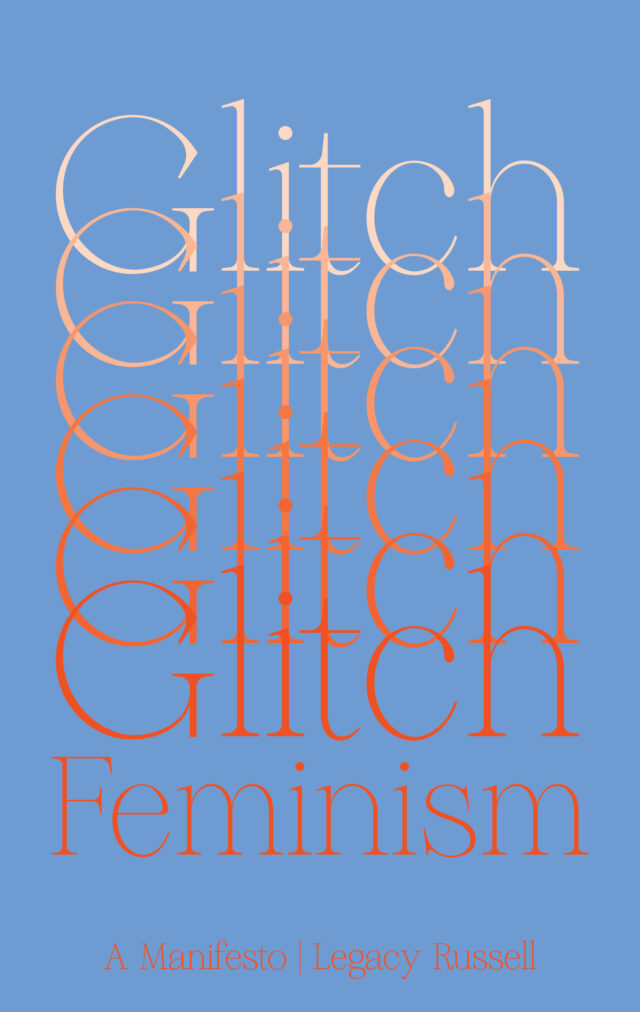
“Standard Lithium had a virtual ribbon-cutting for its new extraction demonstration plant in El Dorado, Arkansas (pronounced doh-ray-doh, not doh-rah-doh), on YouTube. It is exactly as awkward as you expect it would be.”
“The digital re-rendering of rock samples is but another form of technicity, built upon earlier stratification.”
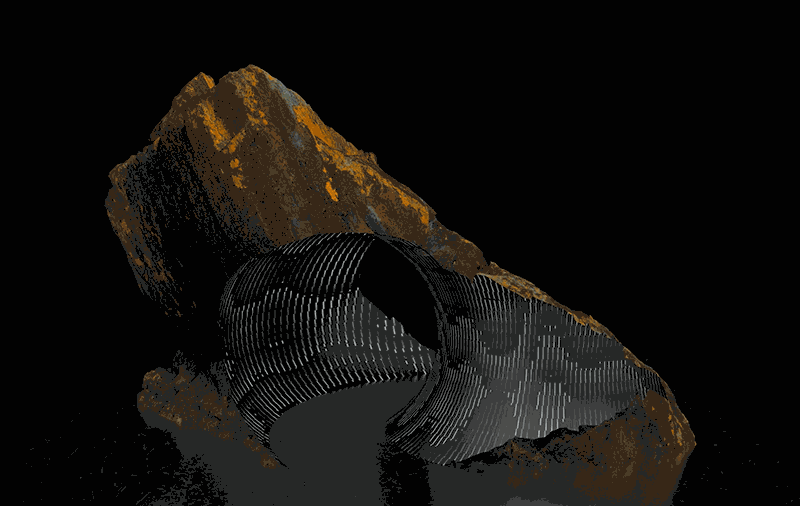
In Masterpiece: Nighthawks, London-based Bild Studios place British art historian, BBC presenter, and BAFTA-nominated broadcaster Dr James Fox inside a virtual 3D representation of Edward Hopper’s famous 1942 oil painting of a nocturnal diner. Adding detailed, partly handmade, partly AI-generated textures that resemble Hopper’s unique painting style to a carefully extracted geometry, the 3D scene was imported into Unreal Engine and rendered in real-time.
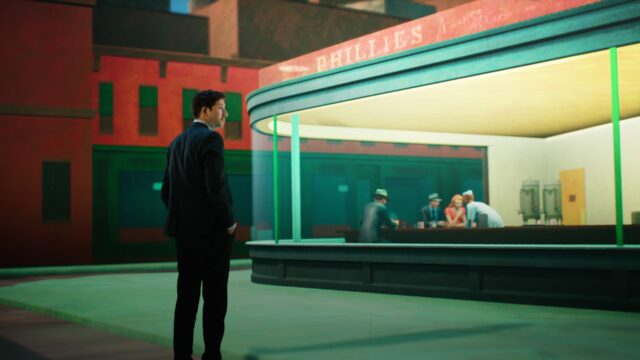
Hito Steyerl’s solo exhibition “I Will Survive” opens at K21, Düsseldorf, providing a comprehensive overview of the German artist and filmmaker’s oeuvre. Developed with the Centre Pompidou in Paris, the show traces Steyerl’s interest in the “mutation of camera images,” from analog montage to digital fluidity. Center stage takes a new multimedia installation, SocialSim (2020, image), in which Steyerl critically explores how computer simulation and AI relate to artistic practice, social unrest, and the pandemic society.
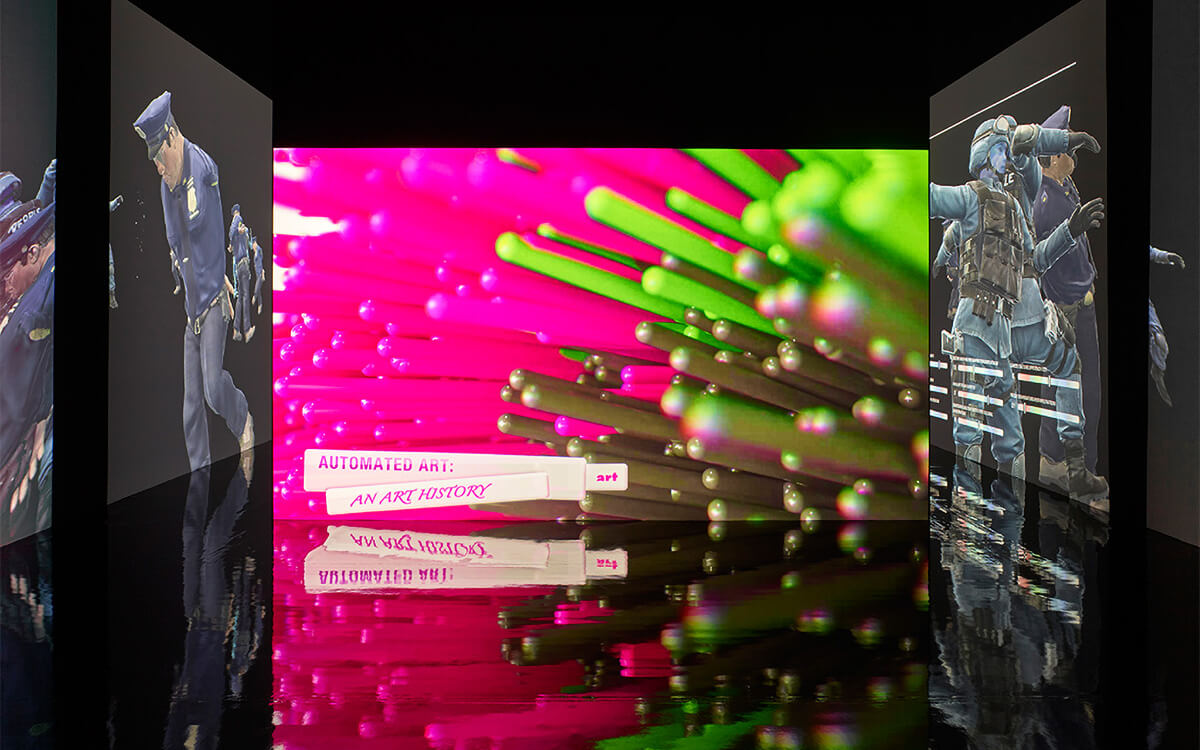
“Immaterial/Re-material,” an ambitious group exhibition “tracing the history, present, and future of computing art” opens at the UCCA Center for Contemporary Art in Beijing. Surveying the work of 30 artists, active from the 1960s through present day, the Jerome Neutres curated show features a blend of pioneers (Harold Cohen, Vera Molnar, Frieder Nake) and contemporary voices (Memo Akten, Quayola, Wang Yuyang).
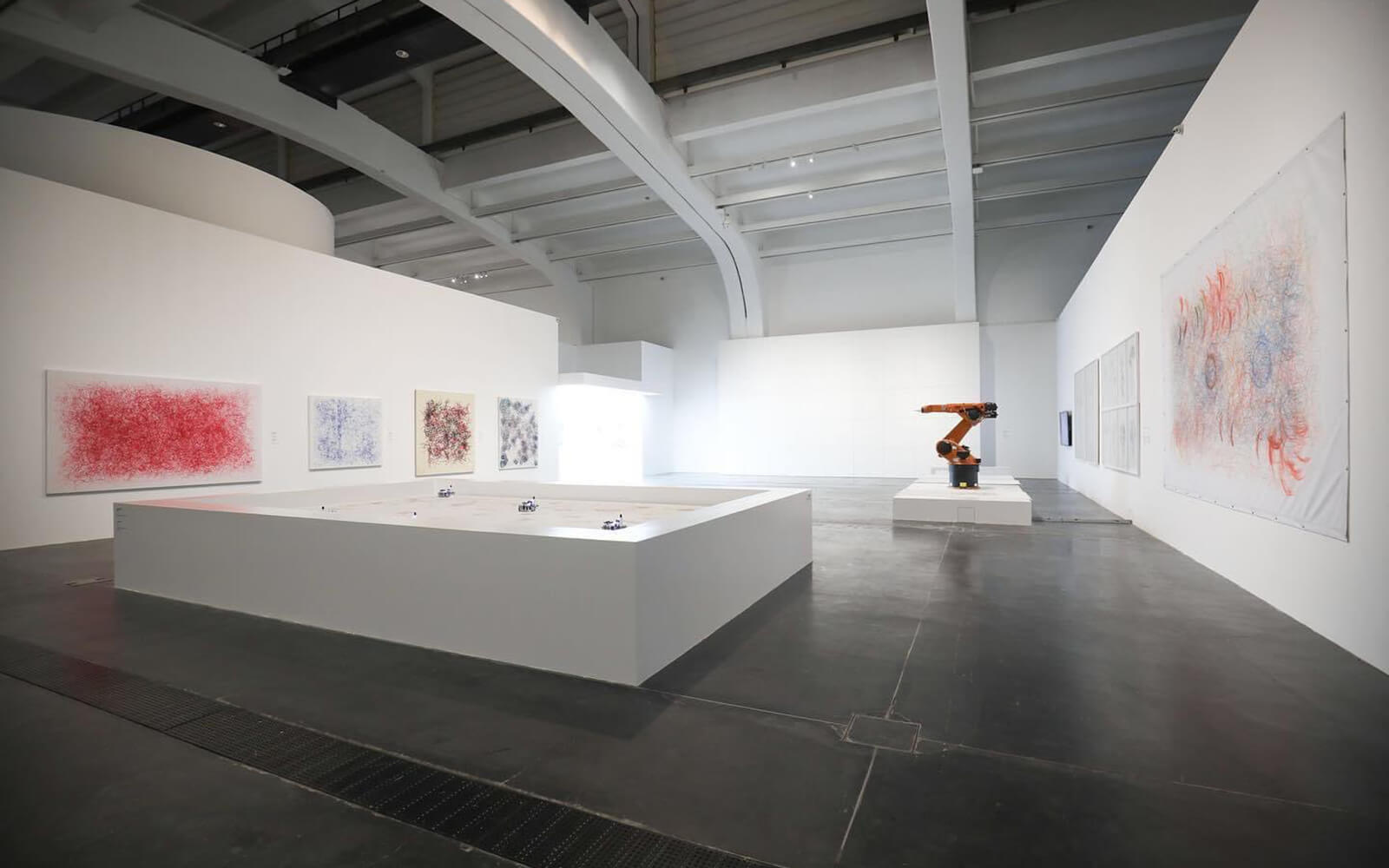
“Do you have a bunch of venture capital backing you to lose money for years while you experiment with regulatory arbitrage and data-based exploitation … or are you looking to do something else? And that something else may not be considered profitable enough for you to get the investment you need.”
Sir David Attenborough’s arrival on Instagram sets a new Guinness World Record. Reaching 1 million followers within 4 hours and 44 minutes, the prolific 94-year-old naturalist obliterated the previous record of 5 hours and 16 minutes, held by actress Jennifer Aniston. “I’m exploring this new way of communication—new to me—because, as we all know, the world is in trouble,” Attenborough stated in his inaugural IGTV video, dedicating the account to discussing solutions.
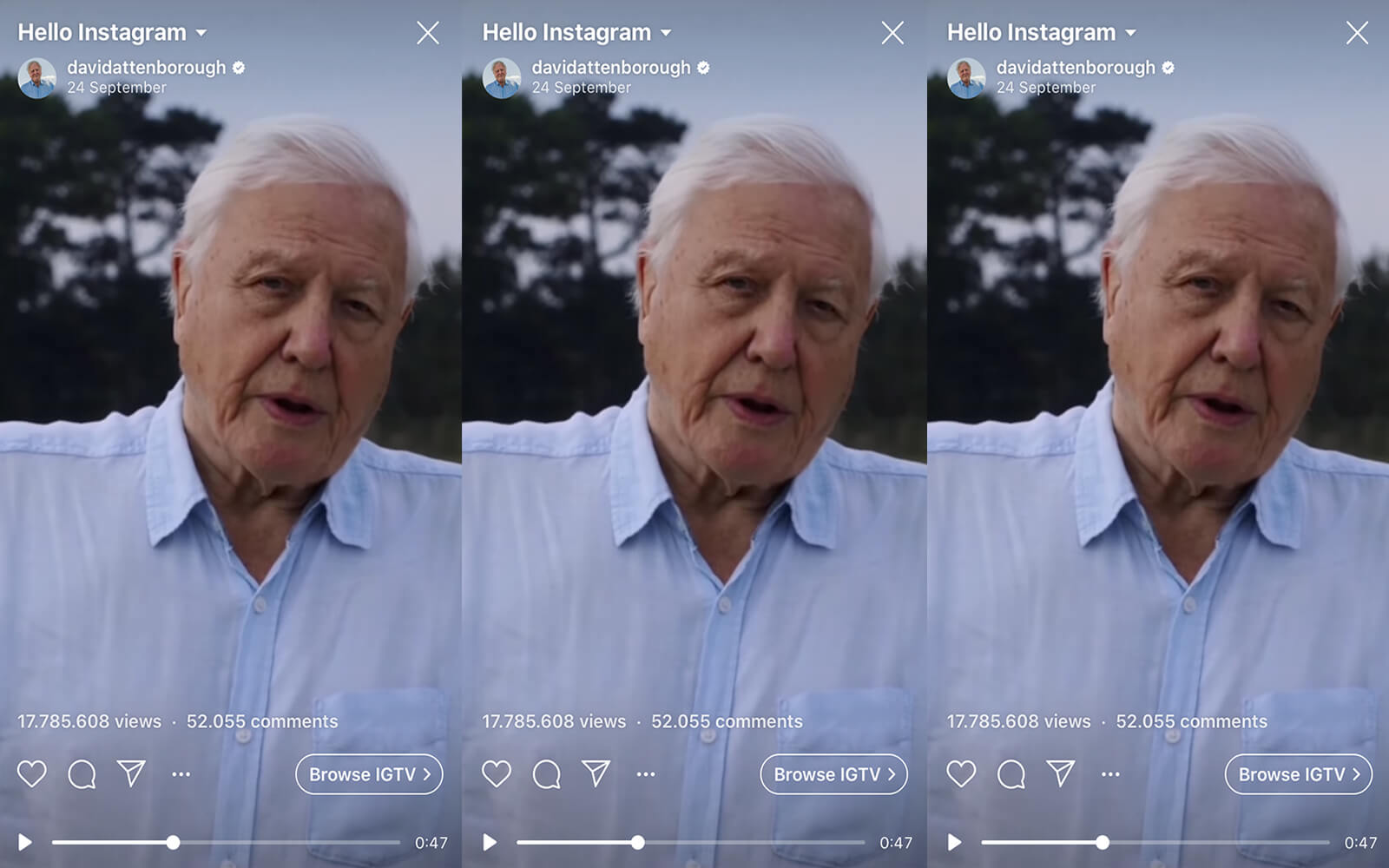
A new paper in the British Ecological Society’s Journal of Ecology reveals that so-called fairy circles—periodic gap pattern in the arid grasslands of Namibia and Western Australia—regenerate following a Turing mechanism. According to the authors, the phenomenon can be explained with ecohydrological feedbacks and reaction‐diffusion models rooted in physics and pattern‐formation theory. “The grasses are actively engineering their own environment,” writes lead researcher Stephan Getzin.

“Blacklight reveals the trackers loading on any site—including methods created to thwart privacy-protection tools or watch your every scroll and click.”
Spurred by growing skepticism of biomass—dead trees—as a renewable energy source, Low-tech Magazine’s Kris De Decker digs deep into the history of burning wood. In an article examining the widespread pre-industrial practice of harvesting wood from living trees through ‘coppicing,’ he makes the case that “biomass is potentially one of the most sustainable energy sources on this planet.”
“Global banks moved more than $2 trillion between 1999 and 2017 in payments they believed were suspicious, and flagged bank clients in more than 170 countries who were identified as being involved in potentially illicit transactions.”
The 23rd Japan Media Arts Festival awards American artist Adam W. Brown the Grand Prize in the Art Division for his 2019 work [ir]reverent: Miracles on Demand. A kit for incubating red Serratia Marcescens bacteria that then perform ‘blood miracles’ in a piece of bread, the artwork examines the impact of invisible microbial agents on the course of human history and belief systems. Other awardees include Lauren Lee McCarthy, Natura Machina, Nils Völker, and Sebastian Wolf.
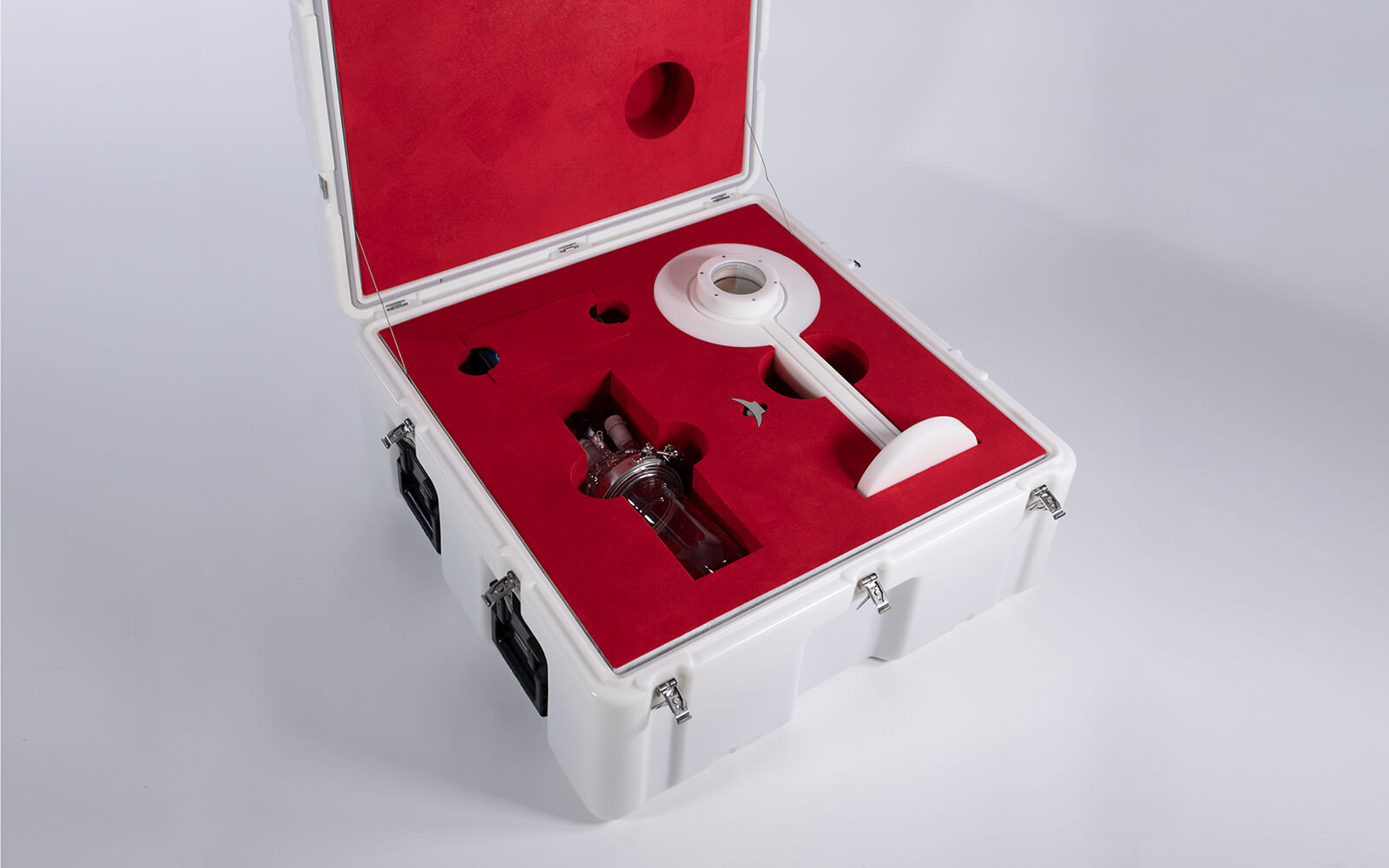
“We warned of the vulnerability as early as January and pointed out the consequences of its exploitation. Attackers gain access to the internal networks and systems and can still paralyse them months later.”
Daily discoveries at the nexus of art, science, technology, and culture: Get full access by becoming a HOLO Reader!
- Perspective: research, long-form analysis, and critical commentary
- Encounters: in-depth artist profiles and studio visits of pioneers and key innovators
- Stream: a timeline and news archive with 1,200+ entries and counting
- Edition: HOLO’s annual collector’s edition that captures the calendar year in print
